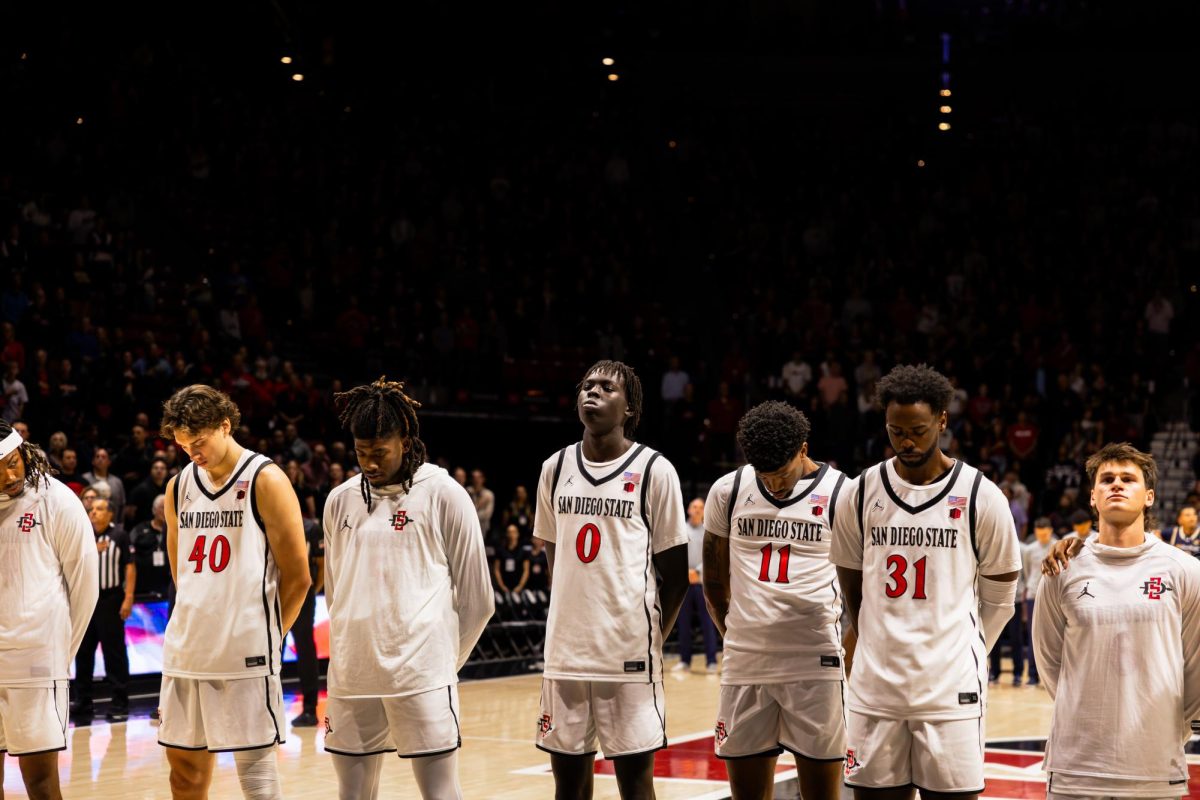College students aren’t exactly known to be the most wealthy demographic in the U.S. Many college students are expected to pay for tuition, books, food and rent. Paying for all these costs takes its toll and considering how San Diego is the 10th most expensive city in the nation, it’s no wonder students do whatever they can to save as many dollars as humanly possible.
Regardless of this desperation for saving money, San Diego is now cracking down on one of the least expensive housing options. Minidorms around San Diego State have been one of the best ways for students to save on rent and still be close to campus. But by enforcing these strict ordinances are exiling those on a tight budget out of the area and trampling on capitalism in general.
For those unaware, minidorms are regular houses with six or more students living in them. Sometimes students will sleep in garages or share one bedroom with three other people. This has been illegal for a number of years, but San Diego’s rooming-house ordinances had some loopholes and were difficult to enforce.
But now, the ordinance will crackdown on any residence with more than six bedrooms (without paying an annual $1,000 permit fee combined with inspections) and more than four cars parked outside of a garage on a lot less than 10,000 square feet. Additionally, there are restrictions against garages being used as bedrooms and landlords renting more than three bedrooms as individual rooms.
Neighbors who live around these minidorms voiced their concerns about dealing with cars parked all across streets and loud noise levels, but it comes with the territory of living in a college area. Those problems won’t disappear along with the minidorms. They’ll persist as long as SDSU is still standing, which makes the pressure of enforcing the rooming-housing ordinance nothing more than petty revenge against a group of people already stuck in a poor situation.
However, minidorms are a win-win situation for both the tenant and landlord. College students get an affordable roof over their heads and landlords make a nice profit. The only people complaining are the neighbors. Granted, they care about themselves and the welfare of their communities. But this plan will only benefit them rather than address the actual problem, the lack of affordable housing for college students in the area.
Granted, minidorms create horrible environments for students, but it’s the best of a bad situation. If given the option, almost no one would willingly choose to live under such conditions, but this is an act of necessity. Sharing a room with four other people and sleeping in a garage are signs of desperation and clearly reflect a last resort. Without these efficient methods of housing, these residents won’t have anywhere else to go. Minidorms may be crowded, but it’s better than being homeless.
Thus, the only rational action, besides taking out thousands of dollars in student loans, is slashing the cost of rent — the most expensive cost of college.
The living wage in San Diego County is $11.38 for one adult who works full-time. I’m no expert, but I’ll take a shot in the dark and say not every SDSU student is capable of working full-time, let alone more than $2 above minimum wage. Thus, the only rational action, besides taking out thousands of dollars in student loans, is slashing the cost of rent — the most expensive cost of college.
If San Diego is successful in enforcing this law, then it will simply purge the poor from the city, passing the burden to surrounding cities. With the lack of affordable housing, those 700 minidorms will pop up in other cities on the outskirt of San Diego. The only change will be the additional thousands of cars and commuters flooding into the city every weekday. Giving someone else your problem isn’t progress, it’s procrastination. It’ll come back eventually, so it’s best to solve this issue right away.
Cracking down on students in minidorms is a drastic overreaction. Instead of solving the problem, the city is complacent with distancing itself as much as possible. Instead of condemning those who survive by the skin of their teeth, come up with a better solution, so students aren’t financially forced into a minidorm. Building more affordable housing for students would be doing more people a favor in the long run. It would entice students with the same force that attracted them to the minidorms in the first place, the power of a free-market system.
For opposing arguments, please check out Emmilly Nguyen’s con piece.














